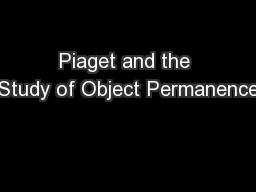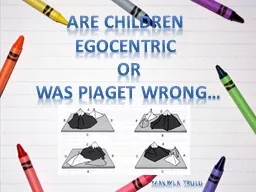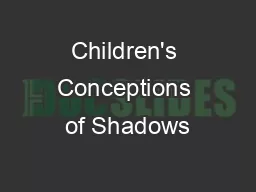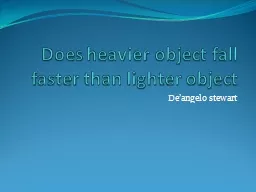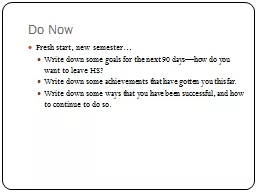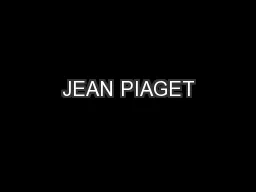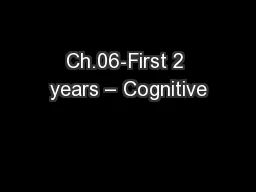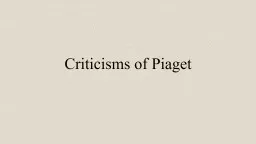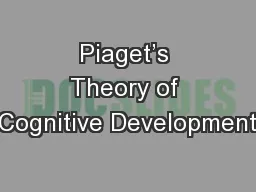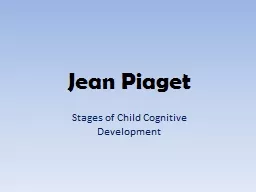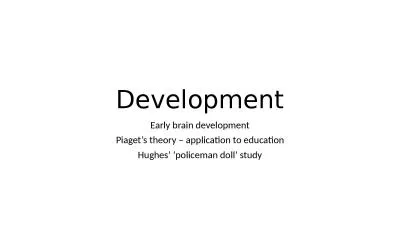PPT-Piaget and the Study of Object Permanence
Author : jane-oiler | Published Date : 2017-05-28
Presented by Kasey Buchanan Sarah Hughes Jean Piaget Born 1896 in Neuch âtel Switzerland At age 10 he published an article on the albino sparrow At age 15 Piaget
Presentation Embed Code
Download Presentation
Download Presentation The PPT/PDF document "Piaget and the Study of Object Permanenc..." is the property of its rightful owner. Permission is granted to download and print the materials on this website for personal, non-commercial use only, and to display it on your personal computer provided you do not modify the materials and that you retain all copyright notices contained in the materials. By downloading content from our website, you accept the terms of this agreement.
Piaget and the Study of Object Permanence: Transcript
Download Rules Of Document
"Piaget and the Study of Object Permanence"The content belongs to its owner. You may download and print it for personal use, without modification, and keep all copyright notices. By downloading, you agree to these terms.
Related Documents

